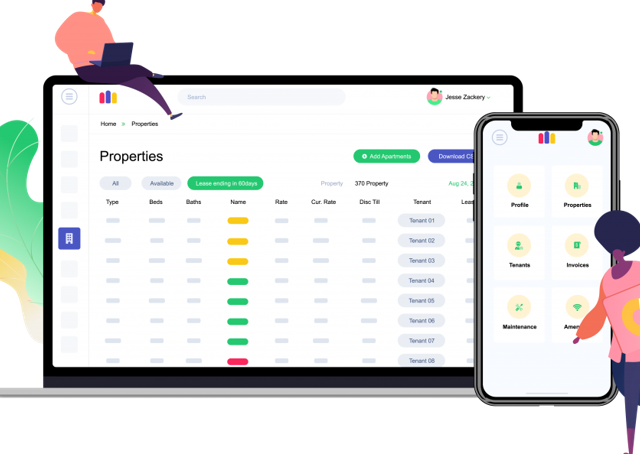Short Story
There are several traits that are commonly seen in successful medical startups, including:
- A strong team: Medical startups require a diverse team with a range of skills, including expertise in the medical field, business development, and regulatory compliance. A strong leadership team with a clear vision and the ability to execute is also important.
- Innovation: Successful medical startups often have a unique product or service that sets them apart from others in the industry. This could be a new medical device, a novel treatment approach, or a new way of delivering healthcare.
- Strong understanding of the market: It is important for the team to have a good understanding of the healthcare market, including the needs of patients, healthcare providers, and payers. This can help to identify unmet needs and develop products and services that address them.
- Flexibility: Medical startups often face unexpected challenges and obstacles, so it’s important for the team to be able to adapt and pivot as needed.
- Strong network: Medical startups can benefit from having a strong network of contacts in the healthcare industry, including investors, healthcare providers, and regulatory agencies.
- Passion and persistence: Starting a medical startup can be a challenging and time-consuming process, so it’s important for the team to be passionate about their work and persistent in the face of obstacles.
- Patience: Developing a new medical product or service can take years, so it’s important for the team to have patience and be prepared for the long haul.
- Strong financial management: Medical startups have to handle complex financials, it’s important for the team to have financial skills and to be able to secure funding to develop and bring the product to the market.
- Understanding regulatory environment: As previously mentioned, medical startups must navigate a complex regulatory environment, it is important for the team to have a clear understanding of the regulations and the resources to navigate the process.
These are just a few of the traits that are commonly seen in successful medical startups. Keep in mind that it is not essential for a startup to have all these traits but having a few of them can increase the chances of success.
Anabella, UMS,
Anabella (Copy)
$0.00
Pledged
0
Backers
Raised:
0%
Goal:
$1,000,000.00
3 Campaigns | 0 Loved campaigns












